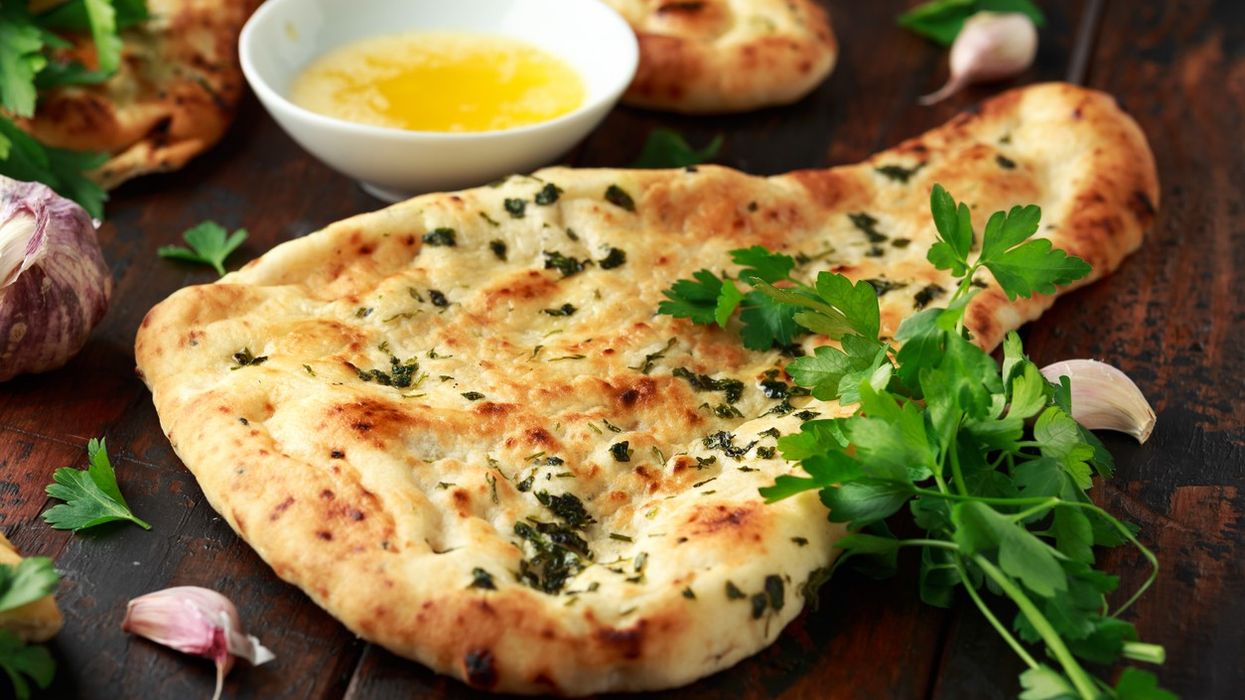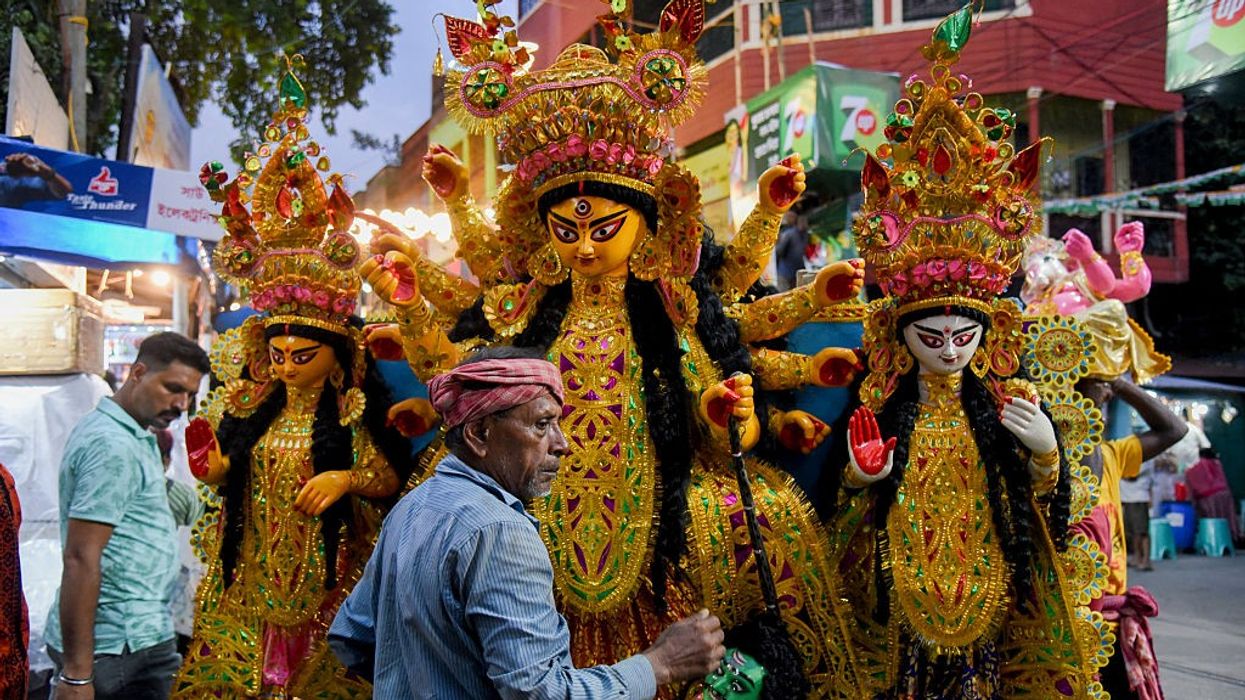As September evenings cool down across the United States, Indian American communities are abuzz with excitement — not for Halloween just yet, but for Navratri. The nine-night festival dedicated to Goddess Durga has transformed into one of the biggest cultural celebrations for Gujaratis abroad, and nowhere is this more visible than in the grand Garba nights that light up cities across the country. These events are not just dances — they are bridges to heritage, social gatherings that keep the younger generation connected to their roots, and vibrant showcases of Indian music, fashion, and food.
In cities with large Gujarati populations — New York, New Jersey, Kansas City, Houston, Dallas, and Chicago — Garba is celebrated on a scale that rivals, and sometimes even exceeds, the festivities back home. Temple halls, community centers, school gymnasiums, and even large arenas are transformed into colorful spaces filled with the rhythmic clapping, swirling chaniya cholis, and energetic stick-clashing of dandiya raas.
Some cities host Garba for all nine nights of Navratri, while others stretch celebrations over multiple weekends to accommodate the enthusiastic diaspora. Families arrive together, children in traditional attire, grandparents watching proudly, and young adults dancing late into the night.
At the heart of this phenomenon is music — the soul of Garba — and the artists who bring it to life. Each year, some of Gujarat’s most celebrated singers travel to the United States to perform, making Navratri a much-anticipated time not just for dance lovers, but also for fans of folk music.
Among the most iconic is Atul Purohit, often hailed as the king of traditional Garba music. Hailing from Vadodara, he is a legend whose voice can make an entire hall erupt in synchronized claps to the beats of classics like Tara Vina Shyam and Maniyaro. His US tours are major events, with tickets often selling out weeks in advance. But Purohit is not alone in carrying this cultural torch.
The beloved Falguni Pathak, known as the “Garba Queen,” frequently headlines massive Navratri events in the US, turning them into electric, almost concert-like experiences with her hits like Indhana Winva.
Kirtidan Gadhvi, with his soulful folk renditions, has captivated diaspora audiences from New Jersey to California, while Kinjal Dave brings youthful energy with her catchy tunes like Char Bangdi Vali Gadi that get crowds on their feet.
The younger generation also flocks to see performers like Aditya Gadhvi, whose Vaagyo Re Dhol has become an anthem for modern Garba lovers, and Aishwarya Majmudar, who effortlessly blends tradition with a fresh, melodic approach. Artists like Osman Mir and Bhoomi Trivedi round out the line-up, infusing devotional depth and contemporary flair into diaspora celebrations.
The presence of these artists elevates the Garba experience for Indian Americans. Organizers go to great lengths to create a festive atmosphere — importing sound equipment, setting up food stalls with Gujarati delicacies, selling traditional attire, and even live-streaming events for those who can’t attend.
Venues are often booked months in advance, and performances are timed to accommodate the work schedules of a largely professional immigrant community. For these artists, performing abroad is both a professional milestone and a cultural mission, and the fees they receive often reflect the scale and demand of these events.
Beyond the music and dance, Navratri in the US carries a deeper meaning. It offers the younger generation a chance to learn about traditions that might otherwise fade with distance. Many community centers host Garba workshops or youth coaching sessions before the festival, teaching children the steps, the songs, and the stories behind the celebration. DJs often mix Bollywood beats with traditional Garba tunes, creating a soundscape that resonates with a multicultural audience and draws even non-Gujaratis to join in the fun.
The celebrations are not without their challenges. Noise complaints occasionally surface in neighborhoods where events run late into the night, and organizers often have to balance cultural expression with local regulations. Yet the resilience of the community ensures that the music plays on. These events are carefully planned to maintain harmony, with sound limits and curfews often respected, proving that tradition and coexistence can thrive together.
Navratri Garba in the US is more than a diaspora festival — it is a living, breathing cultural bridge. It keeps Gujaratis connected to their heritage, introduces American neighbors to the beauty of Indian traditions, and turns faraway cities into little slices of Ahmedabad, Vadodara, or Surat. When Atul Purohit’s powerful voice rises or Falguni Pathak’s tunes fill the air, it is not just music — it is memory, devotion, and identity brought alive across oceans.
For thousands of Indian Americans, Garba nights during Navratri are a reminder that no matter how far they are from home, their culture continues to thrive, adapt, and inspire. The rhythmic steps, colorful attire, and soulful music become a collective heartbeat — a celebration of faith, community, and the enduring power of dance.
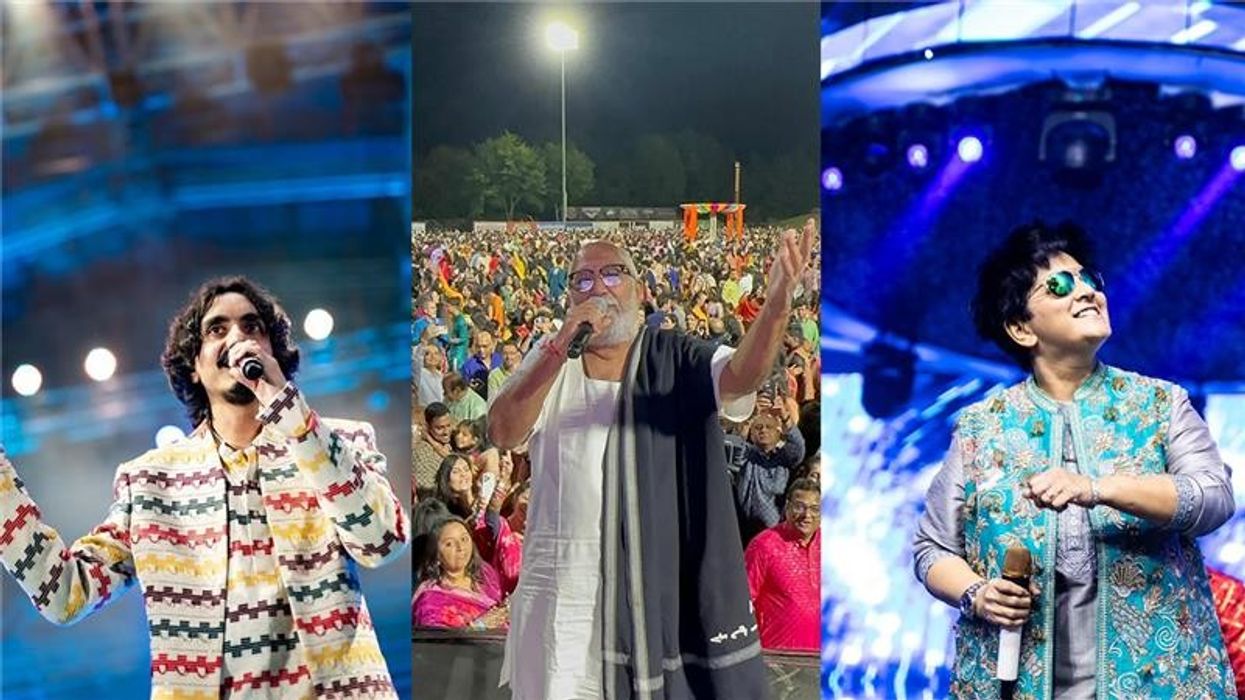


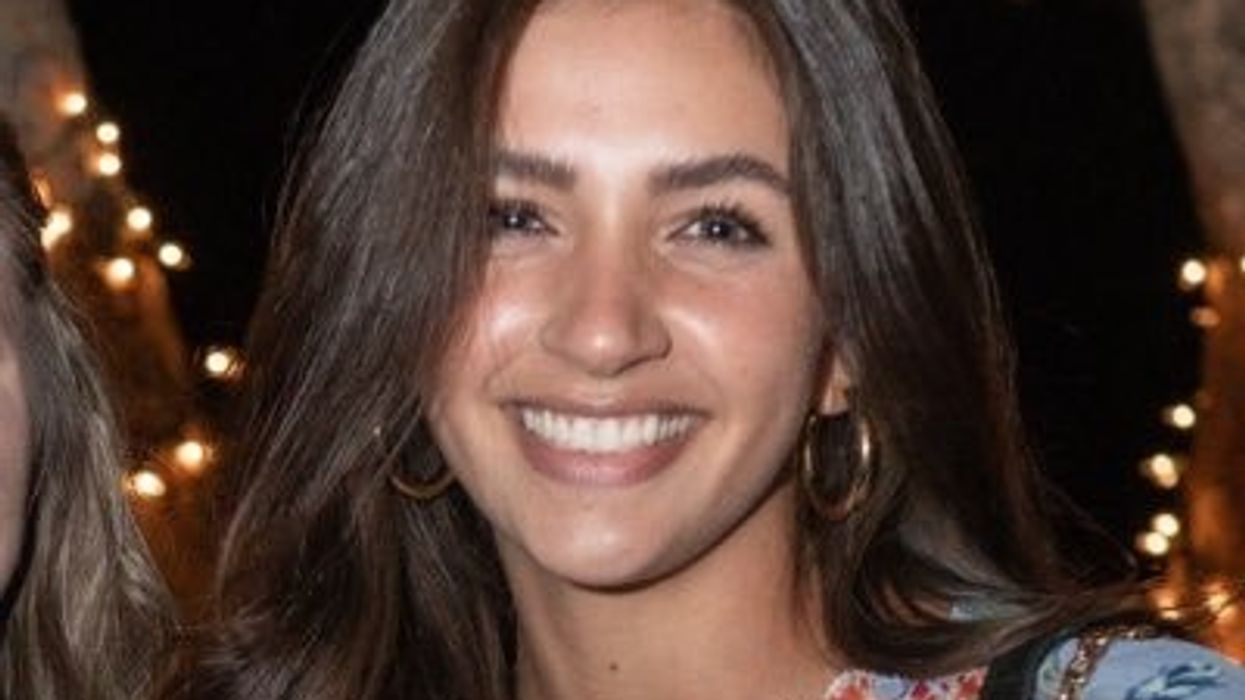

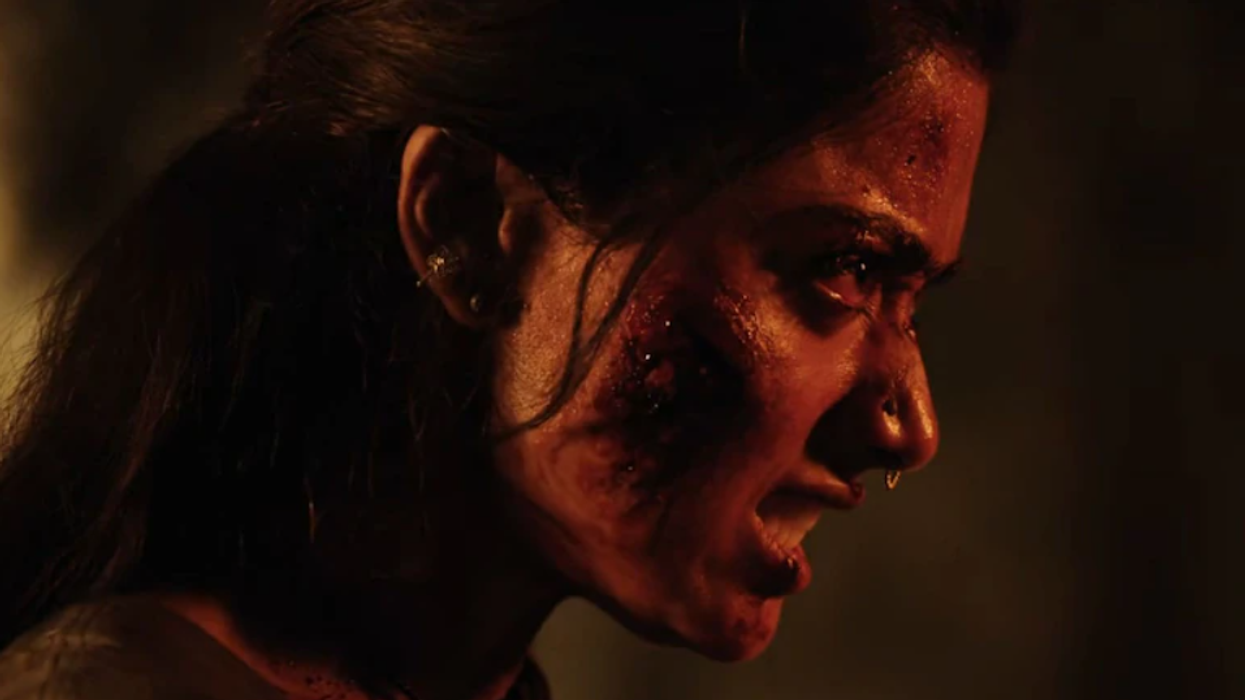

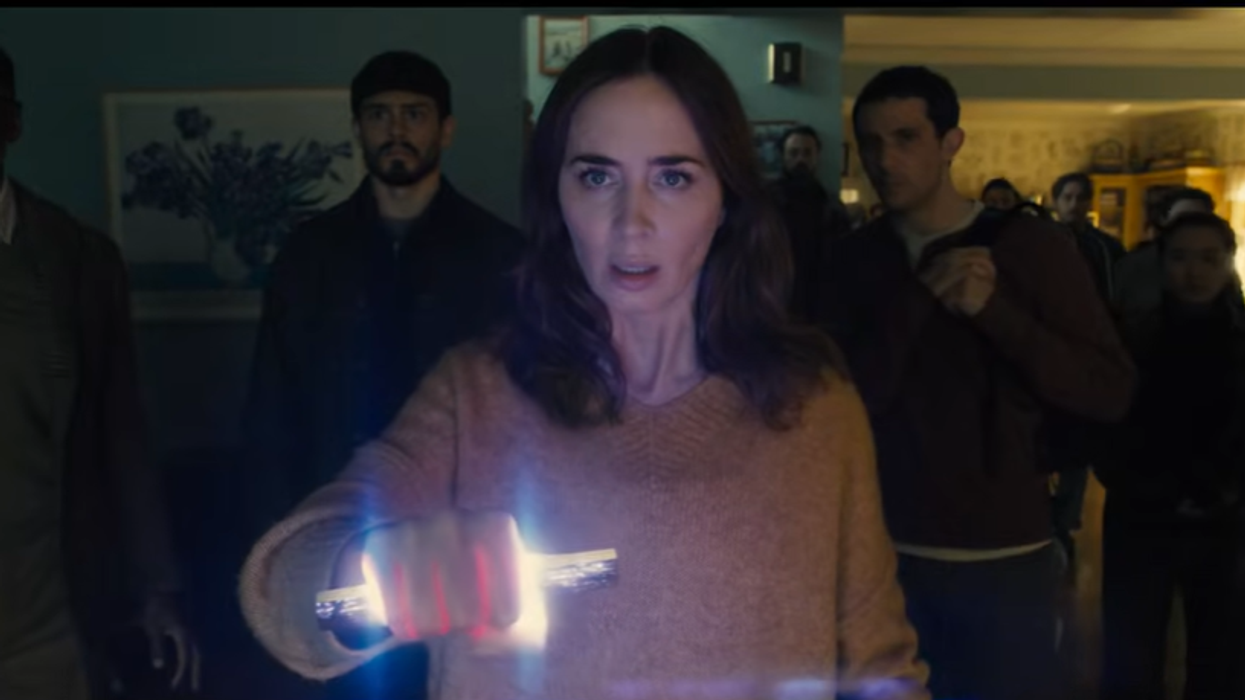
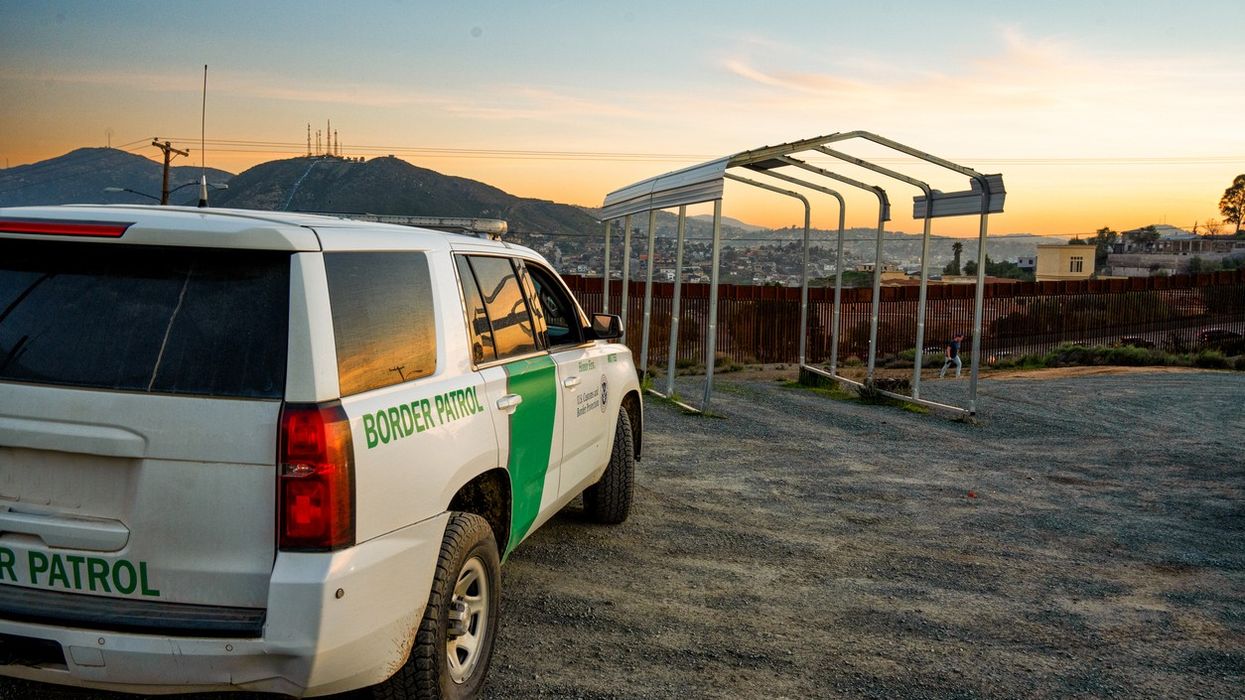

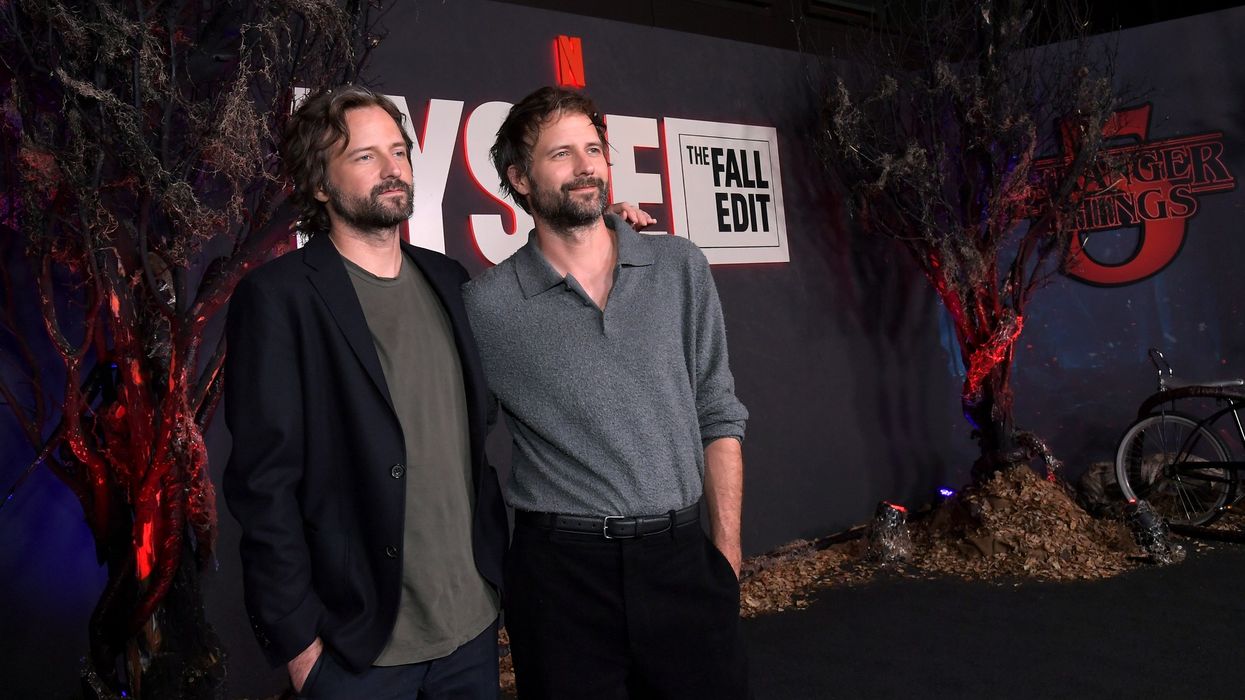
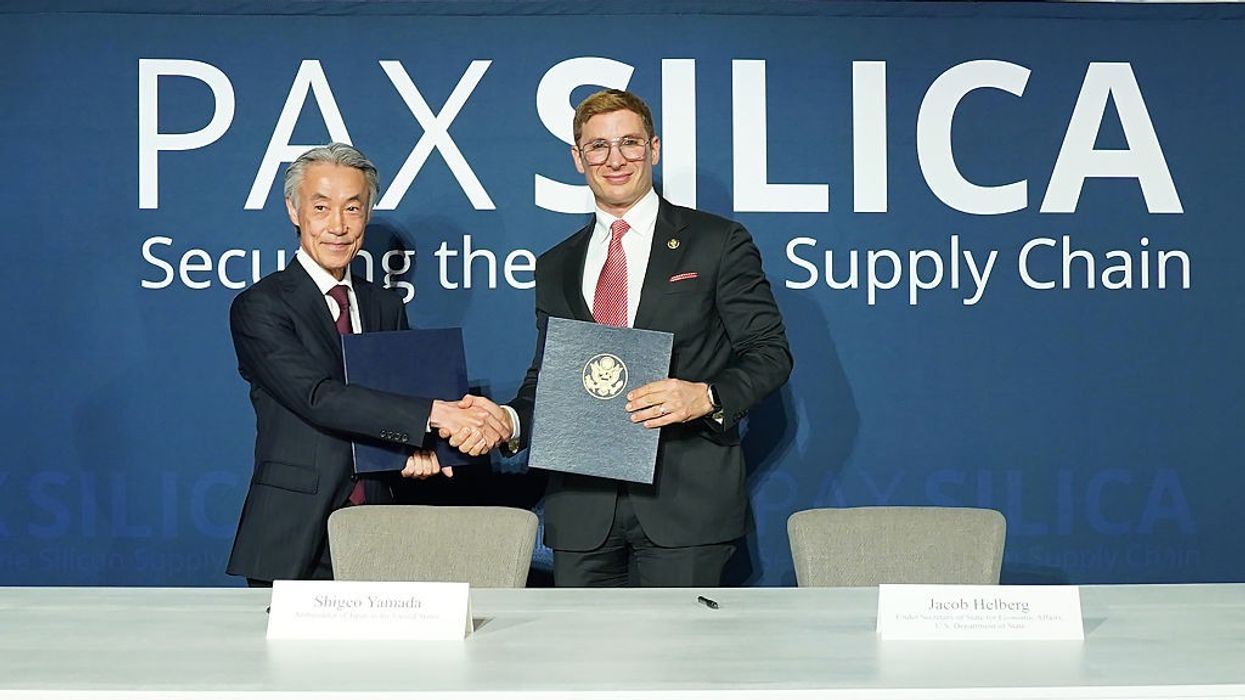

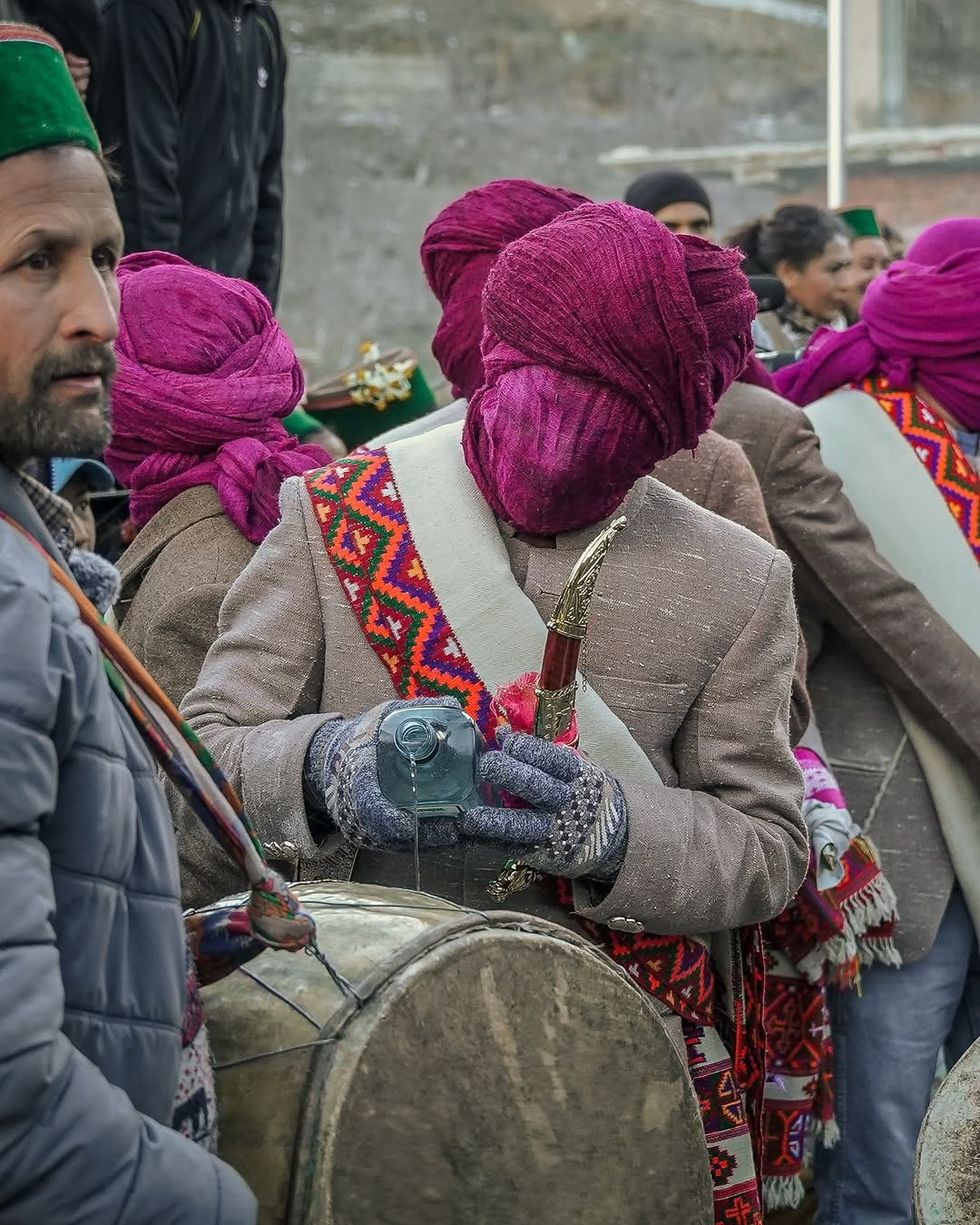 Instagram/@
Instagram/@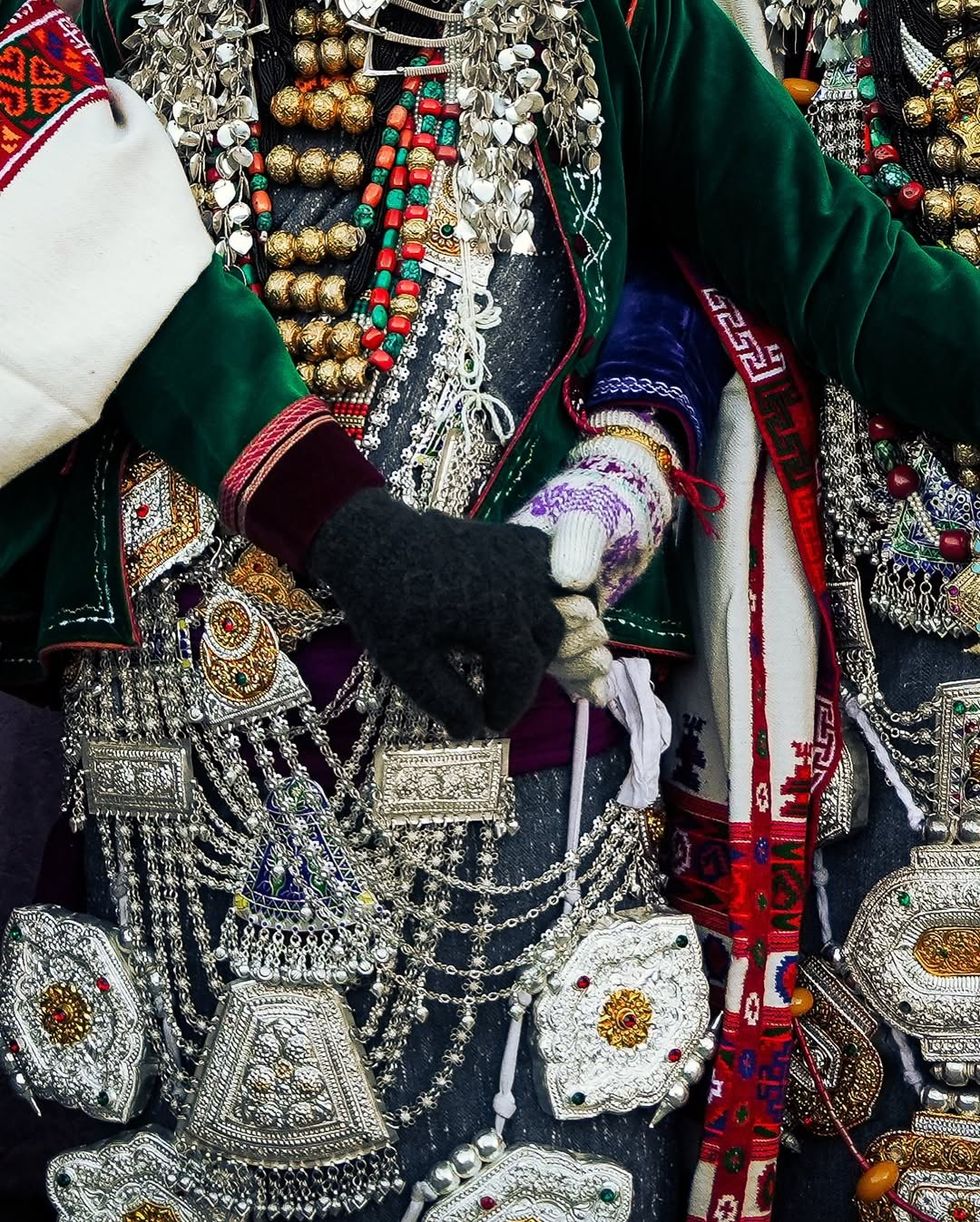 Instagram/@
Instagram/@ Instagram/@
Instagram/@